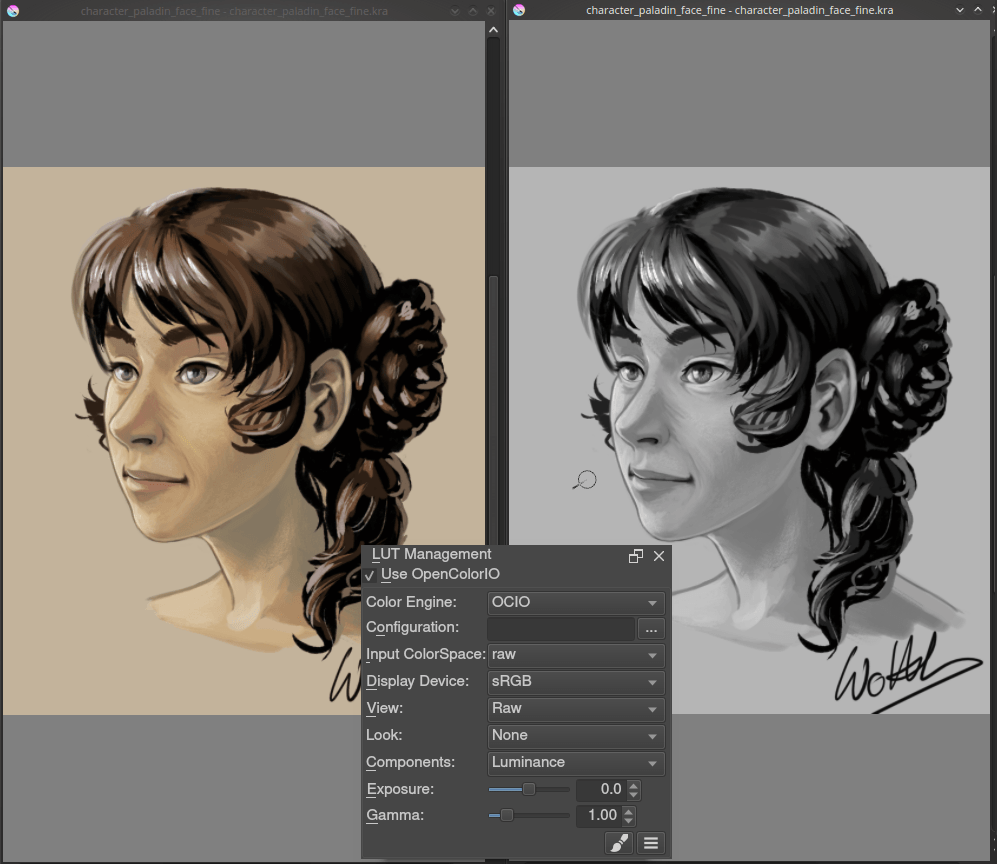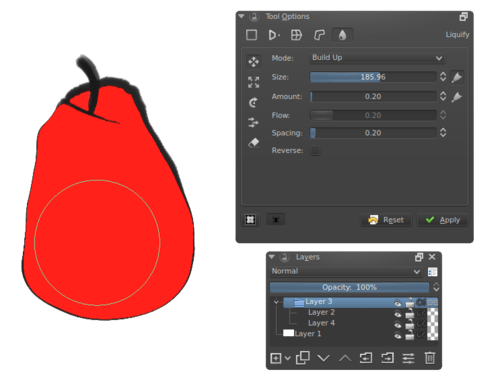

To redraw parts of a path with either tool, move the pointer over a selected path. With the Paintbrush tool selected, you can apply a different brush by choosing it from the Brush menu in the Properties panel before drawing a path or after (with the path selected). Drag to start drawing.Ĭhoose a brush before drawing with the Paintbrush tool With either tool, an asterisk appears next to the pointer, indicating that you can draw a new path. Snow Brush Paint Tool Saiīegin drawing with the Paintbrush or Pencil tools You can set a few options for how the tool works in the dialog box that opens. Select either the Paintbrush or Pencil tool in the Toolbar, and then click Tool Options in the Properties panel or double-click the tool in the Toolbar. With the Paintbrush tool, you can draw a path and apply a brush to the stroke at the same time to give paths an artistic look, like calligraphy, for instance. The Paintbrush tool in the Toolbar is used to create free-form paths that can have a more hand-drawn feel. Does The Silhouette Have Paint Brush Tools.Natural Bristle: Bristle brushes are made with animal hair and are best for applying oil-based paint, varnish, shellac and polyurethane. Nylon: A durable, easy-to-clean option, nylon brushes work with all types of latex paint. Polyester: This all-purpose brush is best for latex paints and applies paint evenly. Roller, Plastic, Number of Pieces: 4in.cludes: (1) Heavy-Duty Plastic 1 qt Tray, (1) 12in. Included 1, Width 4 in, Model# 14C810600', 'longDescription': 'Purdy Jumbo Mini Paint Roller Kit, Specifications: 3/8in. Some foam pad edgers don’t glide smoothly over heavy texture, leaving bare spots that mar your project’s appearance. The other lock options are pretty straightforward and are there to keep you from accidentally moving or painting on something you are already perfectly satisfied with.Best for Textured Walls: Emery Edgers Paint Brush Edging Tool Buy on Amazon Buy on It can be tough getting a clean, straight line on a textured wall.
Paint tool sai layer mask skin#
You create Layer B directly above layer A, roughly paint your shading on layer B with a desaturated purple, change the mode to multiply and select ''Clipping Group'' Voila, the ur cool new shadow will only show up on the skin tone layer beneath it. Practical usage example: You have your character's base skin tone on layer A and you want to shade it but you aren't sure about the shadow color and the lightsource yet so you don't want to paint directly onto Layer A. Super useful but I usually use clipping masks to do that (will basically confine whatever you are drawing on your new, clipped layer to the content of the layer you clipped the new layer to. It automatically adds a pin to the layer you are on as well so you can switch to another layer without losing your selected group.Īs for layer protection: choosing to lock the opacity of each pixel will enable you to change colors, adding shading, etc to whatever you have drawn on the layer while keeping the exact shape you have drawn on your layer intact. If you have two elements on two different layers you can just select one of them, put a pin in the other, hit ctrl + T and boom, ypu can scale both elements although they exist on separate layers.

I use it quite a lot for scaling and transforming layer content. It basically selects all of the layers you add the pin to + your active one so if you were to, for example, edit the colors on your currently selected layer, it will apply those same edits to the others. +/-Paints Effect (show/hide with clicking). The red paper clip: do you mean the red pin thing you can stick to layers? that will fo the same as selecting multiple layers in photoshop with shift. The layer panel controls layer selection and some settings for each layer. You can hide things but you can't get them back. (note: layer masking doesn't work in sai 1.0 for some unholy reason. If you want an in-depth explanation you can simply google layer masking and you will find plenty of photoshop tutorials. To get what you have masked out back all you gotta do is paint over the black parts with white again. Basically: Layer masks enable you to hide parts of a layer by painting on the mask itself with black.
Paint tool sai layer mask free#
Can't think of any guide or tutorial but feel free to just drop me a message if you have a specific question!


 0 kommentar(er)
0 kommentar(er)
